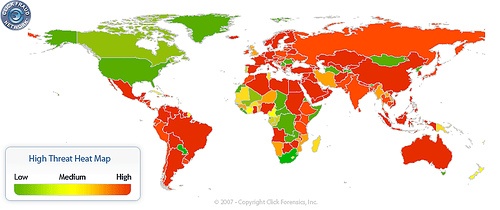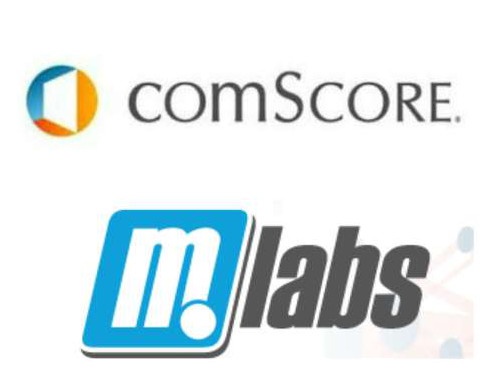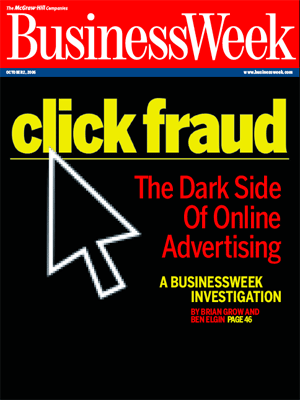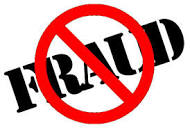We've heard about the death of the click for years, but the click has been pervasive, surviving each wave of innovation. But it appears that the click has met its match, as a new metric has taken hold across the online advertising industry; a metric with the power to become equally or potentially more important than the click: Ad Viewability.
That metric is ad viewability; an online advertising metric that tracks only the impressions that users actually see. For example, if an advertisement loads at the bottom of a website but a user doesn’t scroll down far enough to see it, that impression would not be deemed viewable. Viewability is designed to let advertisers pay only for the advertisements that users actually see.
To understand the implications of viewability, let’s take a step back and look at the previous landscape of buying, selling, and serving display ads.












